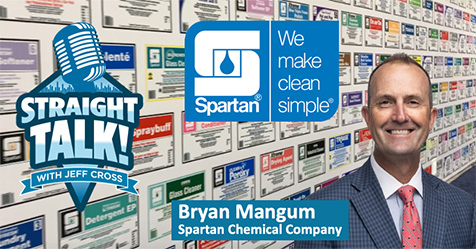New Rules Set Up Worker Protections for Wildfire Season
Three western states require preventative measures against wildfire smoke exposure
Washington is the latest state to require employers to take preventative measures to protect workers from exposure to wildfire smoke, The National Law Review reports. Under the Washington State Department of Labor and Industries (L&I) rule, employers must monitor the Air Quality Index (AQI) and take specific action when workers are exposed to AQI levels of 69 or higher, and additional requirements at AQI measurements from 101 to 500, and higher than 500.
Some of the requirements, which go into effect June 15, include providing free respirators to employees when AQI levels reach certain measurements. Employers must also establish hazard communication systems with employees, maintain wildfire smoke response plans tailored to their specific workplaces within their written accident prevention programs, and implement training programs for employees and supervisors. When IAQ levels are high, employers must monitor employees for symptoms of exposure and ensure they receive prompt medical treatment when necessary.
Washington joins California and Oregon in requiring worker protections against wildfire smoke. The California wildfire smoke regulation—an emergency regulation that took effect on July 30, 2019 and became permanent on January 28, 2020—also mandates employers to provide communication and training on the hazards of wildfire smoke exposure. It states that employers must provide N95 filtering facepiece respirators for voluntary use when AQI is 151 to 500, and for mandatory use when AQI exceeds 500.
Oregon Occupational Safety and Health Division’s (OSHA’s) new final rule on employee exposure to wildfire smoke takes effect July 1. It requires employers to take certain safety measures if their employees are exposed or will be exposed to wildfire smoke where the ambient air concentration for fine particulate matter is at or above an AQI value of 101.
Under the final rule employers must:
- Perform pre-shift monitoring of employee smoke exposure by checking various websites or government health advisories, or by directly measuring the AQI
- Provide information and training covering exposure symptoms, health effects, etc., and document the training
- Develop a two-way communication plan
- Provide exposure controls, such as engineering and administrative controls, and filtering facepiece respirators for voluntary use
- Require the use of filtering facepiece respirators if AQI exceeds 251
- Require the use of National Institute for Occupational Safety and Health (NIOSH)-approved respirators if AQI exceeds 501.
Learn how you can protect your workers from wildfire smoke.

